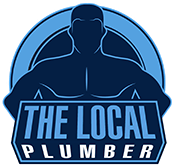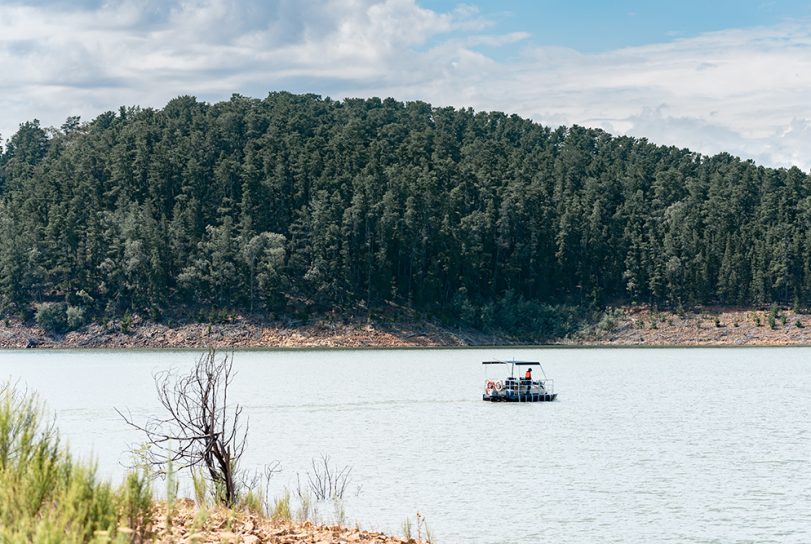Imagine resting in comfort inside your home during a wonderful sunny day when suddenly you hear tapping sounds on your window. You get up and see the sky clouding up with raindrops gradually pouring out from it – later evolving into a heavier downpour.
Instead of tucking in for a film marathon or a hobby through the abrupt rain, you begin to observe and follow the path of the rainwater.
You notice that some are naturally seeping into the ground. Some, on the other hand, are generating momentum as they bring with them particle residues from roofs, roads, pavements, and other impermeable surfaces they fell on. This volume of water being drained off is referred to as stormwater.
Beyond being boxed in your imagination, you begin to wonder, “Where is all of this water headed to?” Perhaps also a “How does this work?” question.
To know the equally simple and complex system that is handling all this stormwater, we dive straight into it in the sections below!
What is a stormwater drain?
A stormwater drain is essentially one of the parts needed to complete a full storm drainage system. It is normally a closed conduit that transports stormwater collected and received from inlets located in paved surfaces, parks, and even open areas. They will then be discharged into a nearby channel, body of water, or another piped system.
A network of these stormwater drains and other structures and channels make up a storm drainage system. Contrary to what people usually associate with this system, it is not part of the sewerage system.
Yes, a sewerage system is also a network of pipes and pumps, but it conveys wastewater from commercial and residential sinks, toilets, and shower drains.
Moreover, it ends in a treatment plant, whereas the stormwater drainage system does not.
How are stormwater drains managed in Melbourne?
In Melbourne, four circles are primarily involved in stormwater drainage management:
1. Melbourne Water
Melbourne Water, a Victorian government-owned agency, oversees most of the city’s drainage system, which includes the stormwater drainage system.
They install, monitor, and maintain an extensive system of drains which starts with stormwater collected from inlets and drained to the nearest river or creek before being discharged in Port Phillip Bay or Western Port.
2. The Council
While Melbourne Water focuses on regional drains, the local councils install, monitor, and maintain local drains and street gutters.
3. You, the property owner!
Along with these two organisations, you, the resident, is also expected to play a crucial role in the city’s stormwater drain management. Aside from monitoring roof gutters, downpipes, and other drains within the boundaries of your property, you can help by reducing stormwater runoff in the first place.
Few ways to do it include utilising natural landscapes and allowing stormwater to seep through permeable pavements. You can also explore rainwater catchments. Not only does this mitigate excessive stormwater, but it also generates a clean water supply for your homes.
4. Local Plumbing Companies
If it gets too complex for you to handle, it is best to trust the experts. The Local Plumber, for instance, can help you plan and construct a house plumbing system that will effectively manage stormwater before it even gets to the drain.
In worst-case scenarios, local plumbing companies are also your trusted go-to for immediate help.
Each circle’s equal reliance and contribution has paved the way for organised stormwater drain management in Melbourne.
However, there are cases wherein stormwater accumulates and floods a building or a road. These unfortunate incidents are commonly due to a blocked drain.
What causes stormwater drains to get blocked?
When posed with this question, you may think of litter first – which is technically correct. Litter, after all, consists of improperly discarded waste products ranging from teeny tiny cigarette butts to automobile junk.
But often, environmental materials such as leaves, pebbles, barks, and eroded soil block the drains after being left on and carried off by stormwater.
How to prevent stormwater drains from getting blocked?
Constant monitoring!
This is the key to prevent these stormwater drains from getting blocked.
It is easy to overlook small amounts of litter, but the eventual concentration of these materials will lead to drain blockage and flooding.
City and local organisations have already designed flood mitigation systems for worst-case scenarios. But your surveillance and cleaning of areas near the drain inlets is as desired and will surely go a long way.
Later, when you observe a downpour for real, remember the importance of stormwater drains. Most especially, do not forget about your shared responsibilities in making and maintaining your city as a flood-free and water-sustainable place.

